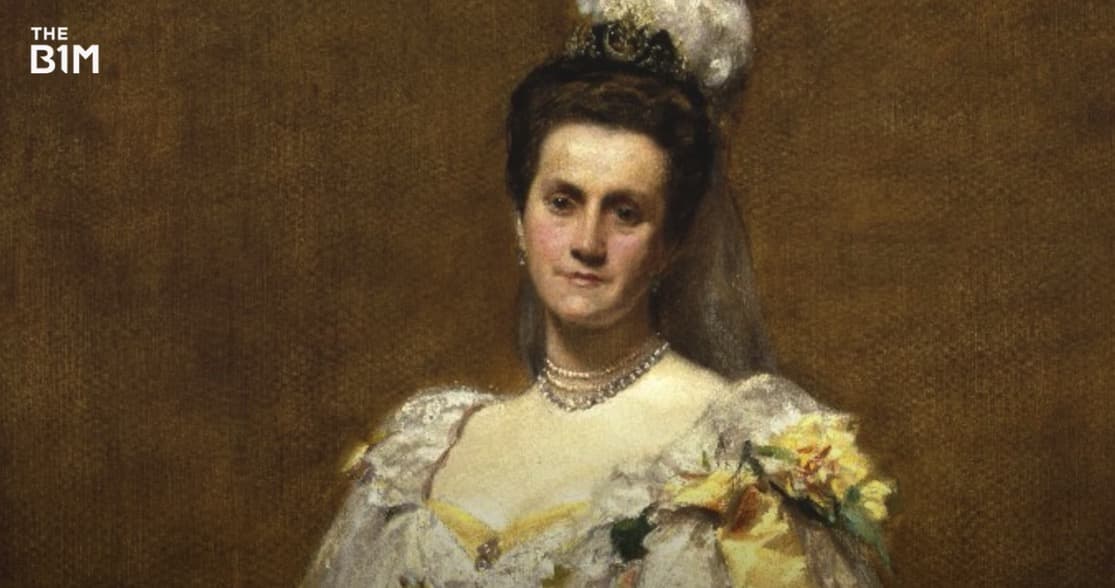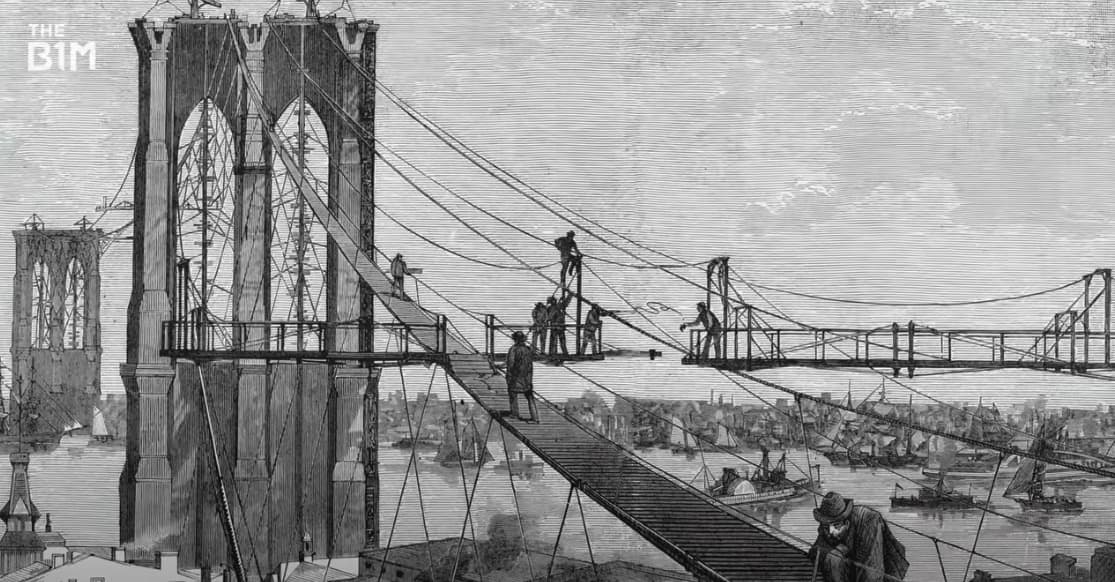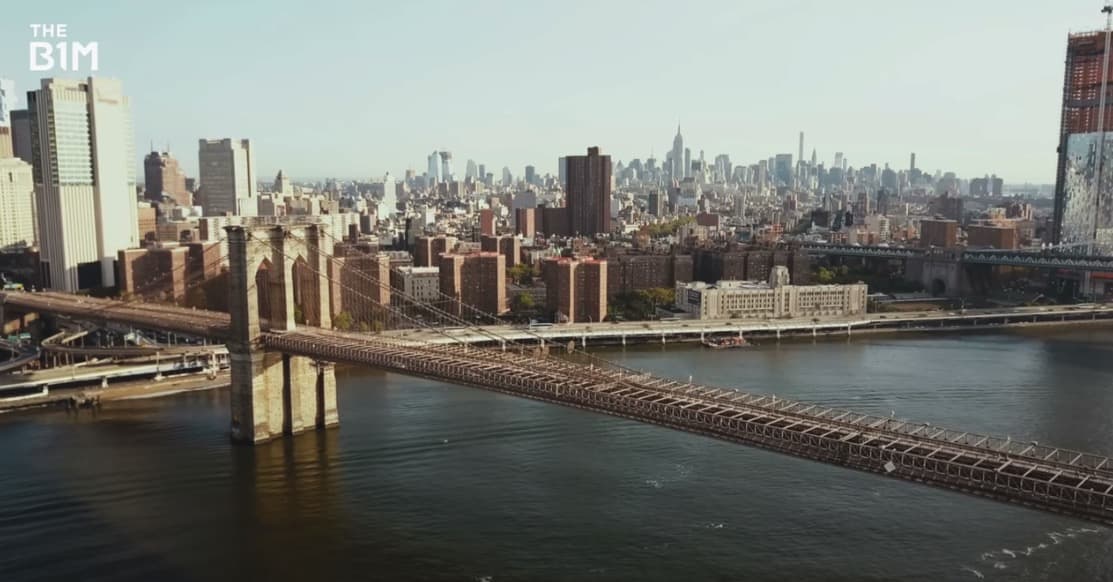The Woman Who Built The Brooklyn Bridge
- Youtube Views 166,313 VIDEO VIEWS
THE BROOKLYN Bridge is one of New York City’s most famous landmarks - an incredible feat of 19th-century engineering that forever-changed bridge construction.
But this much-loved crossing had a tumultuous beginning and took nearly two decades to go from concept to completion.
Its construction was marred by challenges and the death of its key visionary, and it only exists today because of the determination and resolve of one woman.
The Brooklyn Bridge sprung from the mind of John Roebling. A gifted engineer, he lobbied for the construction of what he called “the greatest bridge to ever be built” - linking Manhattan with Brooklyn with what would be the first fixed crossing over the mighty East River.

Above: The proposed site for the Brooklyn Bridge in 1867 (image courtesy of New York Public Library).
After a decade of campaigning, he finally won approval for the structure in 1867. But before construction began, as he was surveying the site, Roebling’s foot was crushed in the pilings of a pier as a barge came in to dock.
He contracted tetanus and died a few weeks later.
The role of chief engineer fell to his son, Washington Roebling. Immersing himself in the bridge’s construction, Washington developed decompression sickness from spending too much time in the caissons, which were pumped full of pressurized air.
Washington was left debilitated with some reports describing him as partially paralysed and deaf, struggling with his eyesight.
He would go on to battle the effects of this illness for the rest of his life.
Washington’s wife was one of the few people to see him in this state, and, under his guidance, pledged to continue his work.

Above: Emily Warren Roebling already had an extensive knowledge of the bridge before taking over for her husband.
Emily Warren Roebling shared her husband’s passion for engineering and knew the bridge herself, inside and out.
Washington taught her everything he knew and she quickly gained an extensive knowledge of strength of materials, stress analysis, cable construction, and catenary curves.
With a main span of nearly 500-metres, Washington and Emily were building the longest suspension bridge in the world at that time.
They were pioneering new methods of engineering and constructing the first ever twisted-steel cable crossing - there weren’t other existing structures to draw knowledge from.
Initially Emily worked as a secretary for Washington, becoming his eyes and ears on the construction site. She would take his orders and liaise with the workers, then report back.
She soon took on greater roles, negotiating supply materials, overseeing contracts and acting as a spokesperson on behalf of her husband to the board of trustees.

Above: The bridge took nearly two decades to construct, from conception to completion.
It wasn’t long before she took on all the duties of the chief engineer. Though never given the title officially, she essentially became the project manager of the Brooklyn Bridge.
Emily and Washington Roebling designed the rest of the project together, building off the early plans left by Washington’s father.
On May 24 1883 - after 14 long years of construction - the bridge finally opened and, in honour of her dedication and work, Emily Warren Roebling was the first person to cross the bridge.
In the 137 years since, the structure has become an icon of New York City, remaining a major crossing used by millions, to this day.

Above: The bridge remains to this day one of New York City's most iconic structures.
While Emily spent the first twenty years of her adult life fighting to build the Brooklyn Bridge, she would spend the rest of her life fighting for women’s equality, becoming a leading figure in the movement.
In a much acclaimed essay she later penned, titled A Wife’s Disabilities, she passionately argued for women’s rights drawing on her own experiences of the discriminatory practises so often levied against her sex.
Today, the bridge holds a plaque in dedication to Washington, John, and Emily - and though the paper did acknowledge her contributions when the bridge first opened, in 2018, The New York Times finally published an obituary for Emily Warren Roebling, honouring her as the woman who built the Brooklyn Bridge.
Narrated by Fred Mills. Additional footage and images courtesy of The New York Public Library and Nungalpiriggal/Wiki Commons.
We welcome you sharing our content to inspire others, but please be nice and play by our rules.








